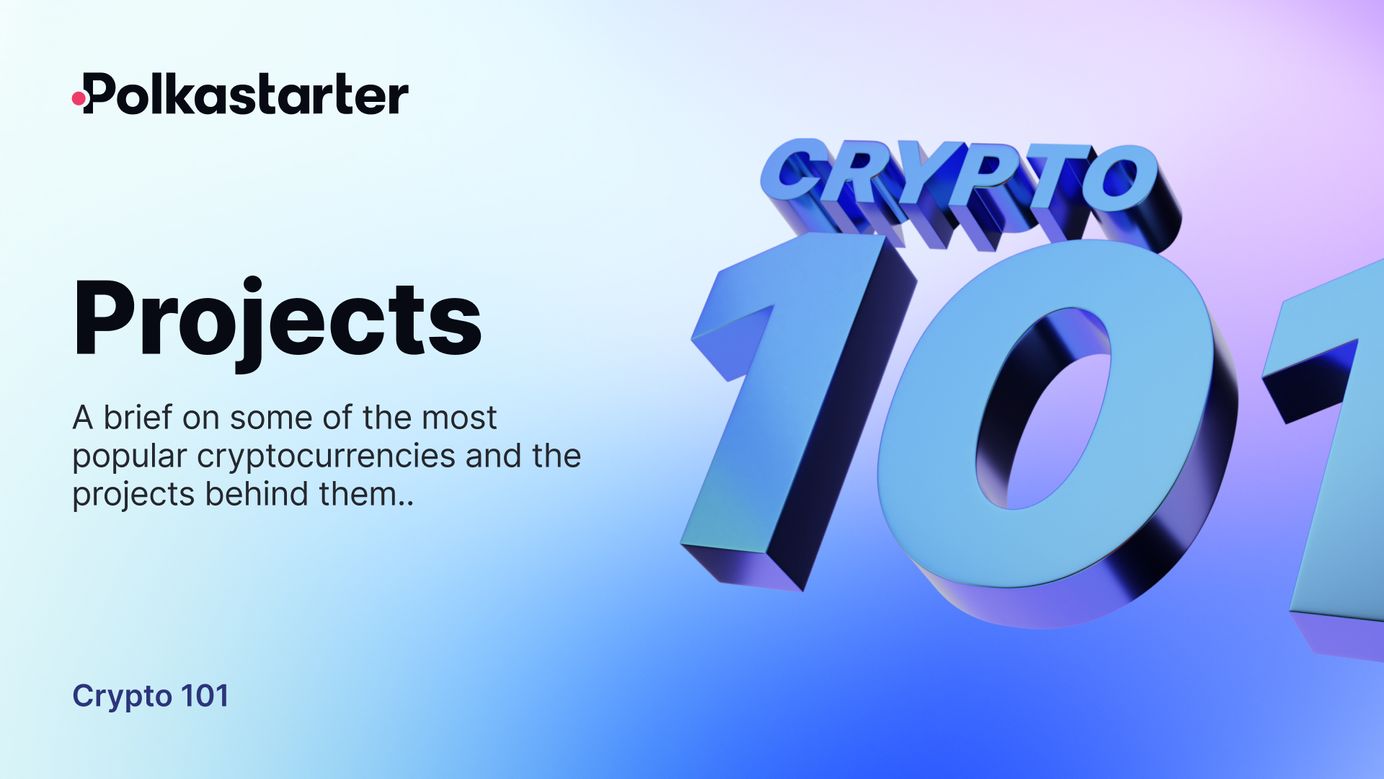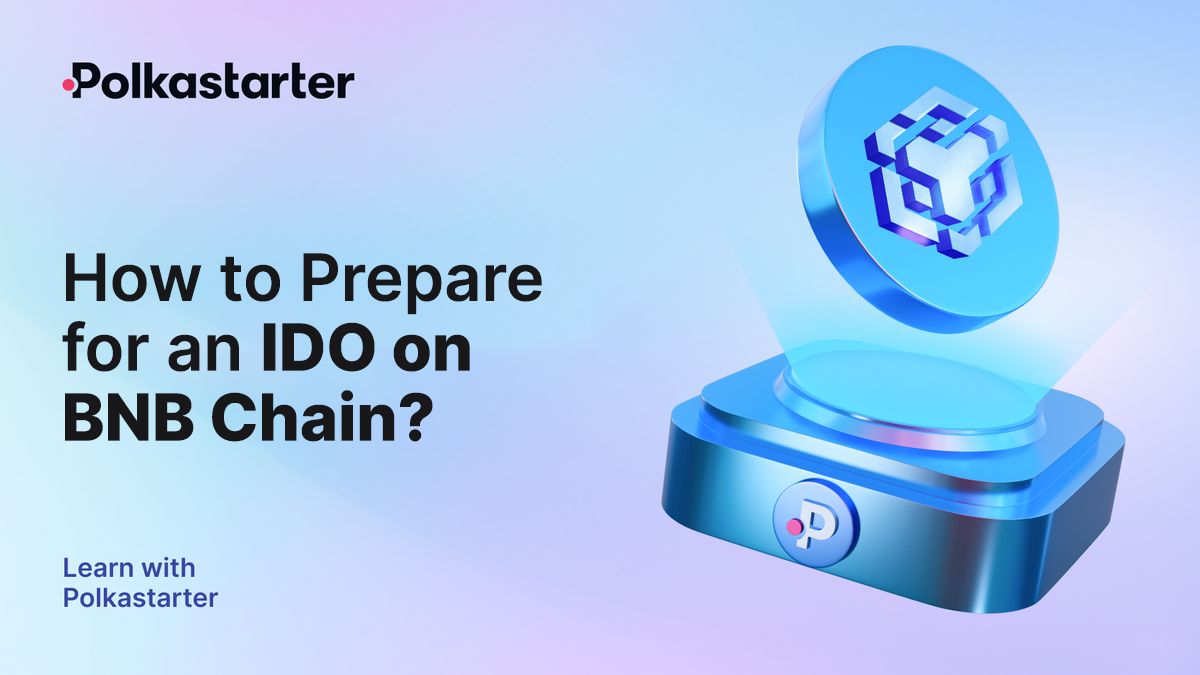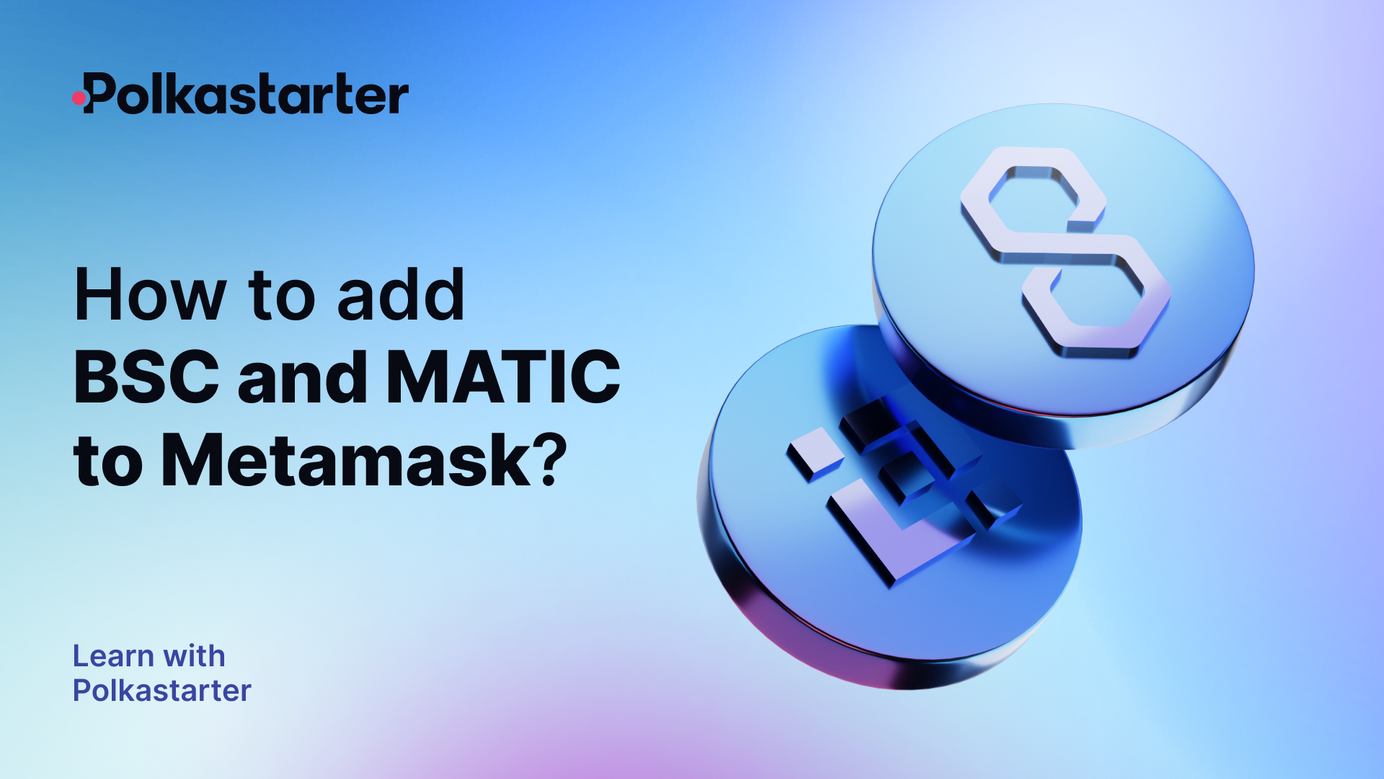
Crypto 101: Projects
A brief on some of the most popular cryptocurrencies and the projects behind them.
The world of crypto is multi-faceted and for a newcomer, this can be overwhelming. Listening to two versed crypto proponents discuss the ecosystem can be daunting. The terms are as obscure as they are complex. Delving into crypto, blockchains, and the underlying intricacies is no simple task.
However, with the right guide to understanding the terms, you too can discuss the ecosystem on equal footing. With this article, we'll look at some of the most-used terms in crypto regarding projects, coins, and terminology to help you get acquainted with the blockchain world. Are you ready to dive headfirst into the most popular blockchain projects? Here we go!
Key Crypto Projects
BTC: BTC is the shortened form for the world's most talked-about cryptocurrency - Bitcoin. You can regard BTC as the grandfather of the entire blockchain ecosystem. The very first cryptocurrency of record that came onto the scene. BTC is so ubiquitous with the blockchain ecosystem that sometimes mainstream media use the terms Bitcoin and Cryptocurrency interchangeably, even though they aren't. BTC is currently the most expensive cryptocurrency to own in terms of market cap.
ETH: ETH is the shorthand form of Ethereum, one of the, if not the, most popular blockchains currently in existence. ETH is both the symbol for the currency known as Ethereum and the blockchain that hosts smart contracts related to the blockchain. ETH allows users to code their own applications (decentralized apps or dapps) onto the blockchain that utilizes ETH tokens. Users need to pay for the use of the blockchain, a fee referred to as "gas."
To date, ETH is the second most valuable cryptocurrency to BTC. However, unlike BTC, ETH aims to be a more resilient and usable blockchain, offering more utility than the BTC blockchain. Many independent creators mint their own tokens (NFTs) on ETH that is a form of the proprietary ERC-20 fungible token. ERC-20 refers to the smart contract that is used to create the tokens.
ADA: ADA refers to the blockchain known as Cardano - a third-generation, decentralized peer-to-peer network. Unlike ETH and BTC, ADA doesn't rely on Proof-of-Work (PoW). Instead, ADA uses Proof-of-Stake (PoS), meaning that those with more staked ADA on the network have a higher chance of being chosen to mint new coins. ADA is meant to solve one of the biggest blockchain problems in existence - the issue of scalability. As a blockchain increases in size, the amount of time needed to verify transactions also scales exponentially. PoS is a way of reducing transaction times while not diluting the power of the decentralized network. Recently, ADA has seen a surge in price as users have realized how useful it is not to wait for hours for transaction confirmation.
SOL: Another very prominent "new" crypto is Solana. SOL refers to both the cryptocurrency token and the blockchain that supports it. SOL is a high-speed blockchain, meaning that it can confirm several thousand transactions in the space of a second. It accomplishes this by combining Proof-of-Stake and Proof-of-History (PoH), making it one of the fastest available coins for transactions. Some analysts have referred to SOL as the "ETH killer" because of its low transaction times, but the market is still undecided. Solana may evolve into a new power in the crypto landscape, but it's still too early to tell at this point.
LINK: Chainlink is another paradigm in blockchain management. It seeks to incentivize smart contract data providers to offer their data on the chain. LINK addresses a shortcoming of smart contracts - they rely on external data in most cases to verify their conditions. This data is usually accessed via an API and relies on one or more data streams. LINK uses a system known as "oracles," which rewards data stream providers for providing their information to the network so that smart contracts can access them internally without having to look for data outside of the blockchain environment. Oracles are like incoming data pools that collect and consolidate external data streams, making them easily accessible to smart contracts.
DOT: Another of the newest innovations in blockchain technology, PolkaDot (DOT), was launched in 2020 to deal with some of the resilient problems with larger, less scalable blockchains. To do this, DOT was designed to operate two different types of blockchains. The first, known as the relay chain, is the main network, where transactions happen. However, users can derive their own chains from the DOT main network, tapping into the network's security. These sub-chains are also known as "parachains." This solution promises that all of DOT's interactions will be secure without the network becoming bogged down as it increases in size.
DOGE: Nobody's ever serious when they mention DOGE, except those who don't know where it comes from. DOGE is a "meme" coin, created as a joke, based on a popular internet meme of the mid-2010s of the same name. However, thanks to some spirited trading at the height of the pandemic, DOGE became one of the most popular crypto coins for casual buyers. Thanks to the WallStreetBets (WSB) message board (famous for the GameStop debacle), DOGE's price skyrocketed, increasing its market cap and making it the fifth most popular crypto in existence today. However, the popularity of DOGE may be short-lived since it doesn't really bring anything new to the table in terms of infrastructure or solving problems.
BNB: Cryptocurrency exchanges are where people trade their coins for other coins or buy and hold them. BNB is a coin developed by an exchange known as Binance and is used to pay for transactions on the exchange. To encourage users to utilize BNB, Binance offers discounts on transaction fees for users that utilize their cryptocurrency to cover them. With Binance being such a significant exchange, the BNB coin might see a lot of use and even increase in value as it's tied to the fortunes of the world's largest cryptocurrency exchange.
USDT/USDC: Both USDT and USDC are known as stablecoins - coins tied to a real-world fiat currency. USDC stands for US Dollar Coin, and USDT is USD-Tether, a stablecoin used on the Tether blockchain. Most cryptocurrency coins are still in the "price discovery" phase, meaning they can fluctuate rapidly between one day and another. Stablecoins are a way to use crypto for payment that's tied to an asset that doesn't fluctuate so wildly. However, it's important to note that, being tied to a real-world currency, these coins are anything but decentralized since they depend on the fiat currency's value. Recent news has hinted that the Securities and Exchange Commission may regulate USDT since they believe it may fall into their jurisdiction.
Hopefully, by the end of this general exploration of the most popular crypto projects, you'll be in a better position to have a conversation about them. Check out our blog regularly as we increase the knowledge base articles about what you need to know about crypto.
In our next article, we'll be tackling the massive, world-changing impact of decentralized finance or DeFi. See you then!
Connect with us and learn more about Polkastarter
Website | Twitter | Discord | Telegram | Instagram | Newsletter
Polkastarter Blog - Latest Polkastarter News & Updates Newsletter
Join the newsletter to receive the latest updates in your inbox.






